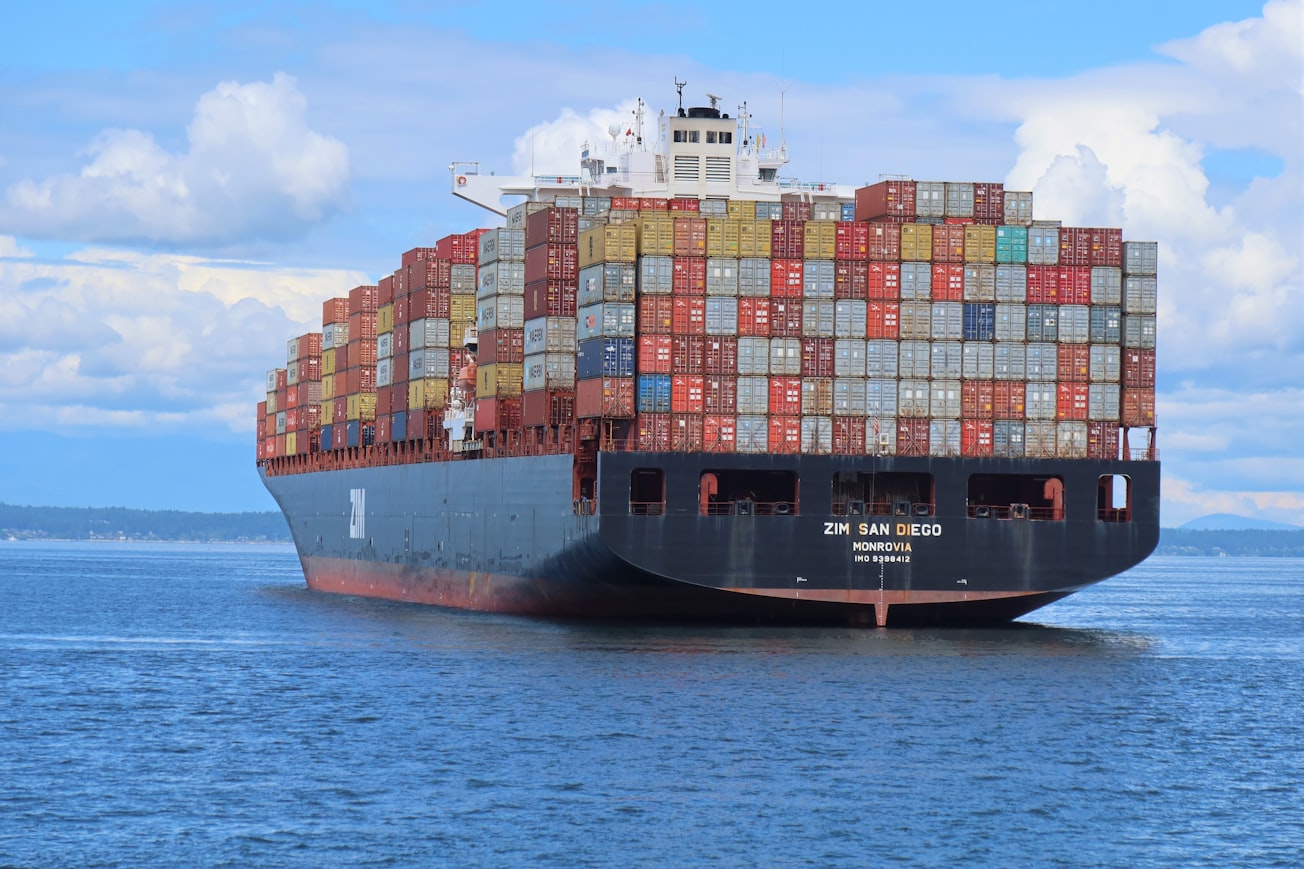What is it about?
The dramatic sea ice loss makes trans-Arctic navigation possible. However, navigability assessments at high temporal resolution are still very limited. To bridge this gap, daily sea ice concentration and thickness from CMIP6 projections are applied to evaluate the future potential of Arctic shipping under multiple climate scenarios. The September navigable area will continue to increase through the 2050s for open-water (OW) ships and the 2040s for Polar Class 6 (PC6) vessels across all scenarios. Quasi-equilibrium states will then ensue for both OW and PC6 ships under SSP245 and SSP585. The sailing time will be shortened, especially for OW ships, while the navigable days for both types of vessels will increase dramatically. PC6 ships will be able to sail the Arctic shipping routes year-round starting in the 2070s when the decadal-averaged global mean surface temperature anomaly hits approximately +3.6°C (under SSP585) compared to pre-industrial times (1850–1900).
Featured Image

Photo by Chris Linnett on Unsplash
Why is it important?
Trans-Arctic shipping activities are increasing with the retreat of Arctic sea ice, thus, a systematic navigability assessment is urgently needed. We carried out this assessment at high temporal resolution. Shipping opportunities will increase substantially even under the sustainable green energy scenario (SSP126). Remarkably, Polar Class 6 ships are expected to sail the trans-Arctic corridors year-round starting in the 2070s under SSP585.
Perspectives
As a result of the rapid sea-ice shrinking and thinning, a prospective shipping opportunity in the high Arctic waters may present itself in the near future, even for ordinary ships.
Qinghua Yang
Sun Yat-Sen University
Read the Original
This page is a summary of: The Emerging Arctic Shipping Corridors, Geophysical Research Letters, May 2022, American Geophysical Union (AGU),
DOI: 10.1029/2022gl099157.
You can read the full text:
Contributors
The following have contributed to this page










